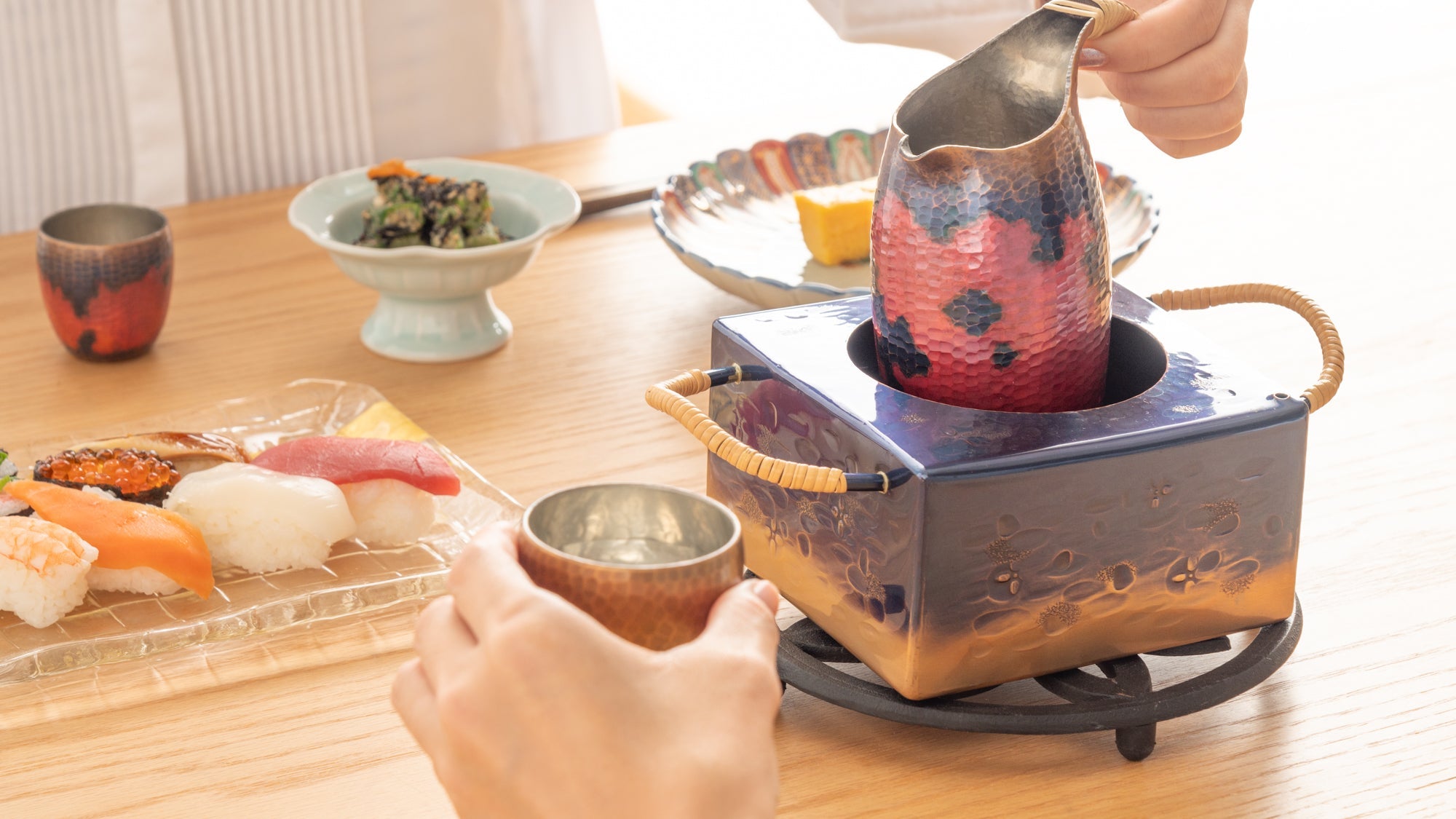
How to Stock Your Home Bar with Japanese Sake
Written by Team MUSUBI
Here at MUSUBI KILN, we are big fans of nihonshu, or Japanese sake. With over 1,000 years of history behind it, it’s been the perfect addition to traditional Japanese meals for many generations. And it’s gaining traction outside of Japan as the go-to companion in sushi restaurants, as well as paired with Western-style food like stews and cheese to amplify the umami flavors.
Whatever your pleasure, sake doesn’t need to be something you have only when you go out. You can bring the full Japanese sake experience to your home bar by adding just a few pieces from our wide assortment of sake items. Read on to learn how to store your sake, how to serve it, and how to drink it with the variety of cups, carafes, and sets that may be found in restaurants and the homes of sake connoisseurs.
table of contents
What to Know When Serving Sake

The first thing you need to know is that there are several different types of sake. The differentiation between sake types primarily depends on the rice polishing—the more polished the rice grains, the smoother the taste will be. Highly polished rice grains, with 50% or less of the grain remaining, are reserved for a brewery’s most premium sakes, called daiginjo and daiginjo junmai. When rice is polished to around 60%, you get ginjo, and junmai ginjo. Then there’s also junmai, honjozo, futsushu, nigori, and sparkling sakes. Around 70% of all sake is categorized as futsushu, which translates roughly to “regular sake.”

You may have experienced chilled sake and warm sake in a restaurant, and both are common serving techniques. Generally speaking, the higher the quality of the sake, the less you’ll want to mess with it. Lightly chilled or room temperature is the best for premium sakes. Everything else (with the exception of nigori and sparkling sakes, which are unique styles) can—and should!—be experimented with so you find your favorite temperature. That’s not to say you can’t try warming up a premium sake, or drinking junmai ice cold on a hot summer day. When in doubt, keep it at room temperature and savor the full aromatic flavor of your sake.
As for storage, sake doesn’t usually need to be consumed entirely once opened. But bottles, open or not, should be stored in dark, cool spaces. If your sake bottle came in a box, keep it in there when storing to help protect the sake and ensure it doesn’t stray too far from the original vision.
The Basic Components of a Sake Set
As discussed above, the temperature and exposure to light and air can affect the taste of your sake. A good sake set will help you serve up sake that tastes great every time and adds visual appeal to your experience.
The two main things you’ll need to serve sake properly are a sake carafe and sake cups. Yes, you can pour directly from the bottle, but most sake bottles are 750 ml or more, making it a bit unwieldy to pour into the small size of a typical sake cup, like an ochoko. In addition, according to IWA Sake founder Richard Geoffroy, the best way to enjoy IWA 5 is by taking an ochoko’s worth of sake and pouring it into a wine glass. Ochokos being delightfully dainty, and IWA 5 being a sought-after sake, using a sake carafe to make your pour is the easiest way to ensure you don’t waste a drop.
In addition to the ease of serving, certain sake carafe materials can make heating or chilling easier, especially if you have a dedicated sake warmer. Heat conduction and retention are things to consider, so if you intend to drink warm or hot sake often, you’ll definitely want a sake carafe. See our post with sake sommelier Sameshima Tomoyo to learn more about how the temperature of the sake changes the flavor profile to enhance your meal.
Without a dedicated sake warmer, like this one from Seigado, heating sake is still very simple. Grab a heat-resistant carafe and a suitably deep pot that will allow the water outside to reach the same level as the sake inside the carafe. Pour in an appropriate amount of water, then remove the carafe and bring that water to a boil. Turn off the heat and place the carafe back inside, using a candy thermometer or similar to check the temperature.
You can also heat sake in a microwave, but it’s more difficult to control the temperature, and you run the risk of overheating it and/or uneven heating.
Now, let’s discuss the different types of sake items to add to your home bar.
Sake Cups
There are three fundamental types of sake cup to choose from: sakazuki, ochoko (mentioned above as the perfect size for IWA 5), and guinomi.
Sakazuki refers to the flat, plate-like sake cups, although it can also sometimes mean sake cups in general. The sakazuki is the oldest style of sake cups and typically holds just a few sips. This one from Myousen Toubou is an instant classic, with intricate sometsuke designs that will delight your eyes as you sip.
Ochoko is a small sake cup, usually holding a bit more than a sakazuki and accommodating two to three sips. Try this set of five to share with a group of friends—the variety of Kutani designs means no one will lose track of their cup.
Guinomi is typically larger than an ochoko, providing a more substantial vessel for enjoying sake. Sake can be poured directly from the bottle into a guinomi, rather than using a carafe—so if you skew more minimalist with your home bar, this is the right choice.
The shape and size of the cup can influence the flavor—a more aromatic sake benefits from a tall, trumpet-shaped cup to push the scent up and open up the sake even more, while a short, bowl shape sends the sake into your mouth quicker so you can enjoy a richer flavor. There are also bud shapes and straight shapes. The material also influences the experience, with some materials better for warm sake, like stoneware, porcelain, or lacquerware; and others make chilled sake more enjoyable, such as wood, glass, and tin.
Sake Carafes
Similar to the sake cups discussed above, sake carafes, or sake bottles, also come in different shapes, sizes, and materials. The three basic types of sake carafes are tokkuri, katakuchi, and chirori.
A tokkuri is a sake carafe characterized by its thin neck and wide body. While the origin of the word "tokkuri" is not precisely known, it is commonly believed that the name derives from the sound made when pouring sake. Sake was often sold in a tokkuri until just a few decades ago. Now you can relive the old days of sake with your own tokkuri, like this one from Kakusho Kiln, featuring traditional designs of children playing, known as karako.
Katakuchi are often designed with a bowl-like shape and single spout. This makes it perfect for serving cold sake or aromatic varieties such as hirezake, made by steeping roasted fish fins in hot sake. This piece from Tosen Kiln exemplifies the design and functionality of a traditional katakuchi beautifully. The wider spout makes washing easy and also allows for floating flower petals, like cherry blossoms or chrysanthemums, to add a unique presentation and make your sake serving even more special.
A chirori is a traditional sake carafe typically made from metals such as tin, brass, or copper. This vessel is designed to warm sake quickly and evenly, retaining heat well for extended periods. When made of tin, a chirori enhances the sake's smoothness, mellowing and bringing out its full flavor, whether used for warm or cold sake. This chirori from Seigado is hand-hammered for a unique texture, plus finished with brown and red spots to resemble the spotted koi fish often seen in ponds at temples and shrines throughout Japan.
Sake Sets
As the name suggests, sake sets will get you set up with a sake carafe and cups right away. If you’ve already considered the kind of sake carafe and/or cups you want, sake sets make it easy to put together a matching look with your preferred shapes and materials. Set composition can also vary, with some comprising two carafes and five or more cups, although the typical set is one carafe and two cups. An example of the latter is this set from Hirota Glass, shaped like a stem of bamboo. This vibrant tokkuri and ochoko set from Bizan Kiln, with its yellow glaze, cherry blossoms, and bird motif, adds charm to your sake moments and is perfect for hot or cold sake.
Trays and Coasters
Trays and coasters aren’t a necessary part of your sake serving set, but including them certainly adds another dimension of elegance. Plus a tray makes it easier to carry the sake bottle, a carafe, plus however many cups you need. This lacquerware tray, from Hakuichi, is about 30 cm (11.8 in) and is extremely light and easy to hold. The deep black color of the lacquer exquisitely expresses the calmness of a dark night sky, and the delicate and random haze over the full moon is depicted by the gilded gold leaves.
Or, make the sake more of a centerpiece for your table with this kumiko woodworking tray from Ominato Bunkichi. It acts as a chic background and platform for the sake set you want to spotlight, inviting your guests to the table to imbibe and enjoy, alongside the warmth of wood.
Speaking of wood, the ever-popular cherry bark craft, called kabazaiku, serves as the perfect base for your sake cups. These coasters from Yatsuyanagi, featuring an iconic cherry blossom motif and delicate wood patterns, bring texture and beauty to the experience, sitting perfectly under a cup or small carafe.
Or these Matsuba Tatami coasters, made from tatami material called igusa, or Japanese rush, bring the traditional Japanese vibe to your setting. They have been treated to be water-repellent so they can easily hold your sake cups and sake carafes, whether hot or cold, without worrying about damage from spills or condensation.
This is only the beginning of a whole new world for you—a world filled with sake. If you’re still seeking more sake knowledge, Team Musubi went to Toyama to visit Shiraiwa, a sake brewery located at the foot of Mount Tateyama that is revolutionizing the industry with IWA 5. We were treated not only to a tour of the facilities, but also an interview with founder Richard Geoffroy to discuss his past experiences as a wine master and his future in sake. Explore to your heart’s content, then begin your journey in nihonshu. Kanpai!















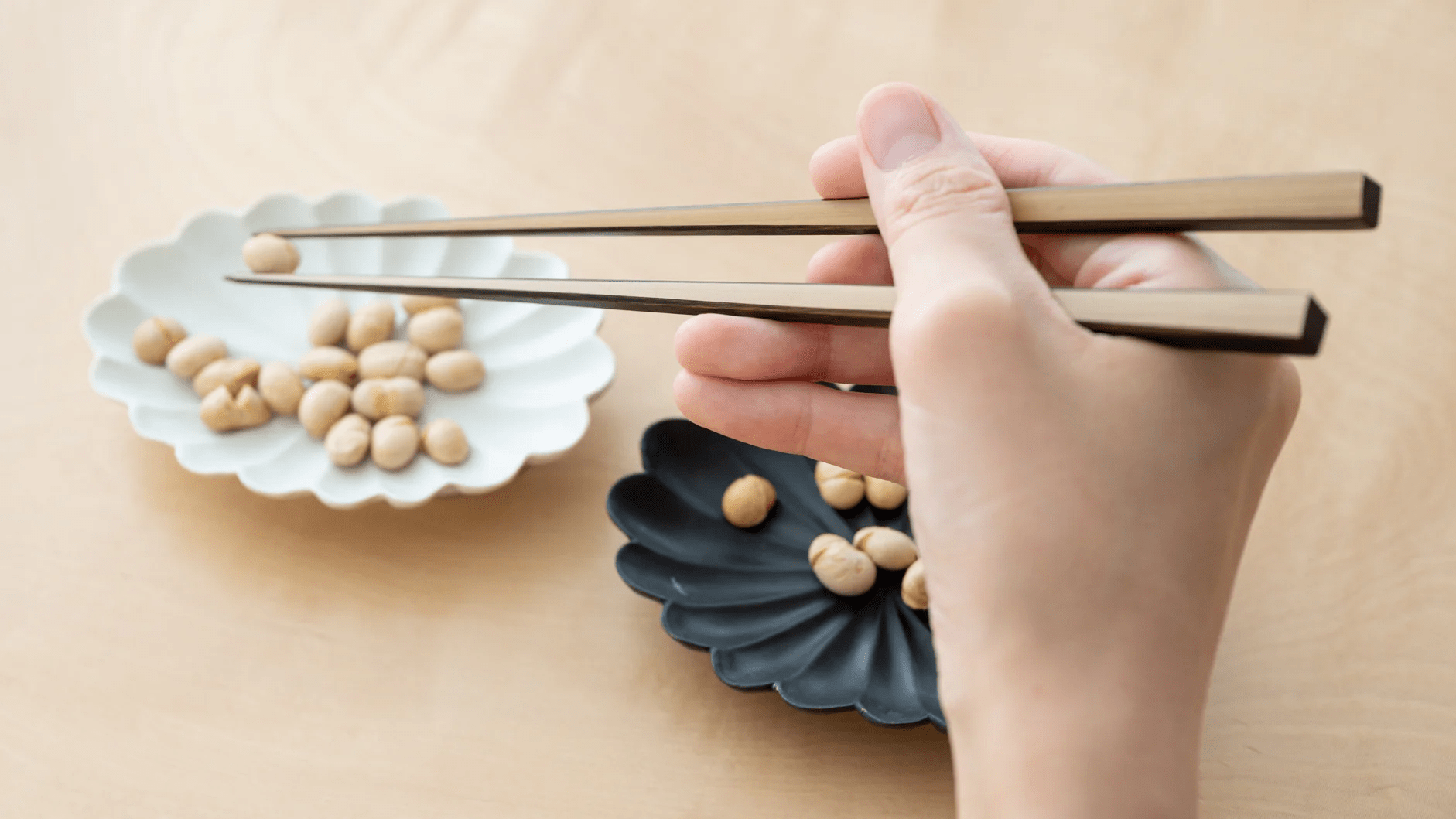
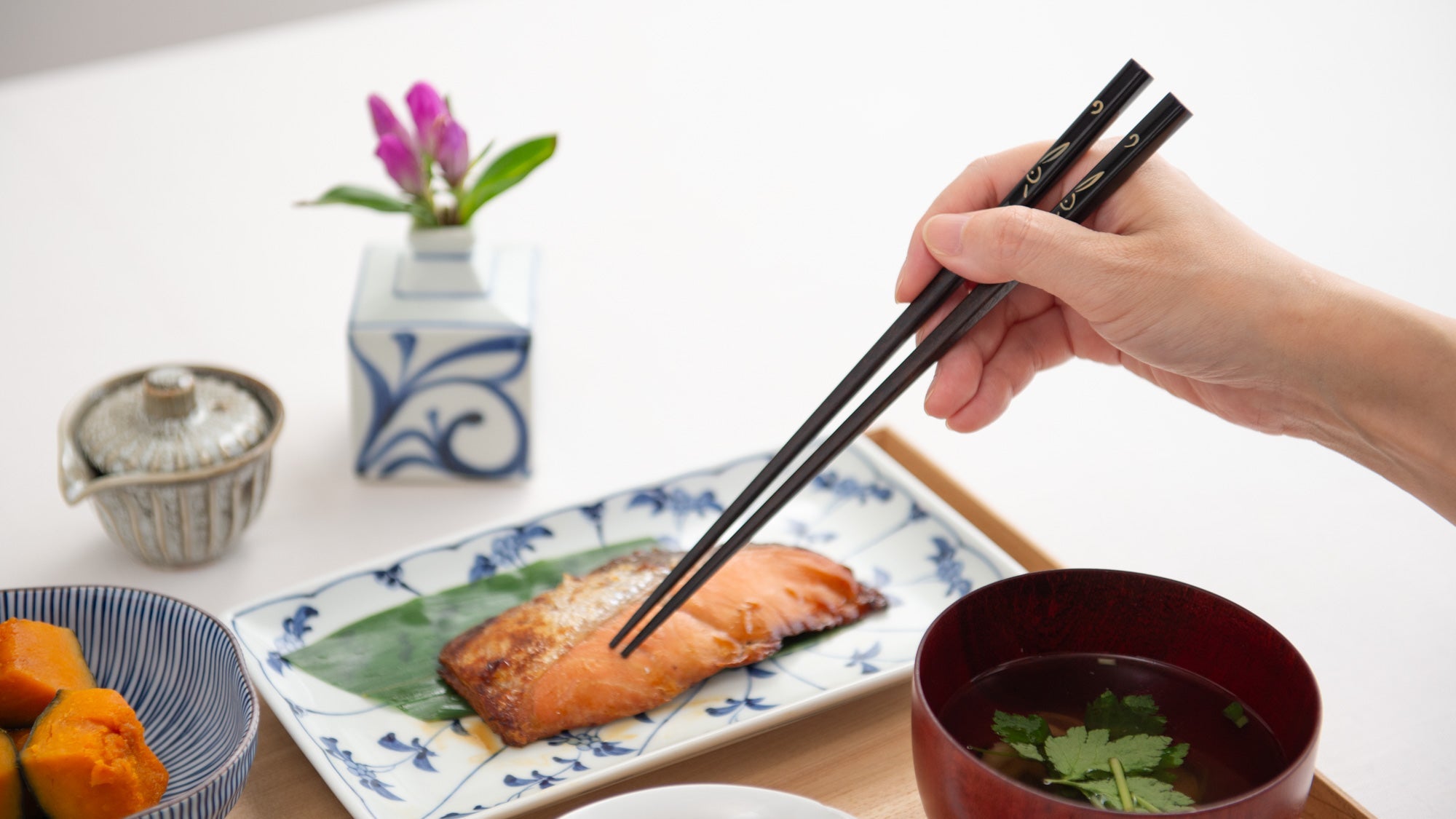

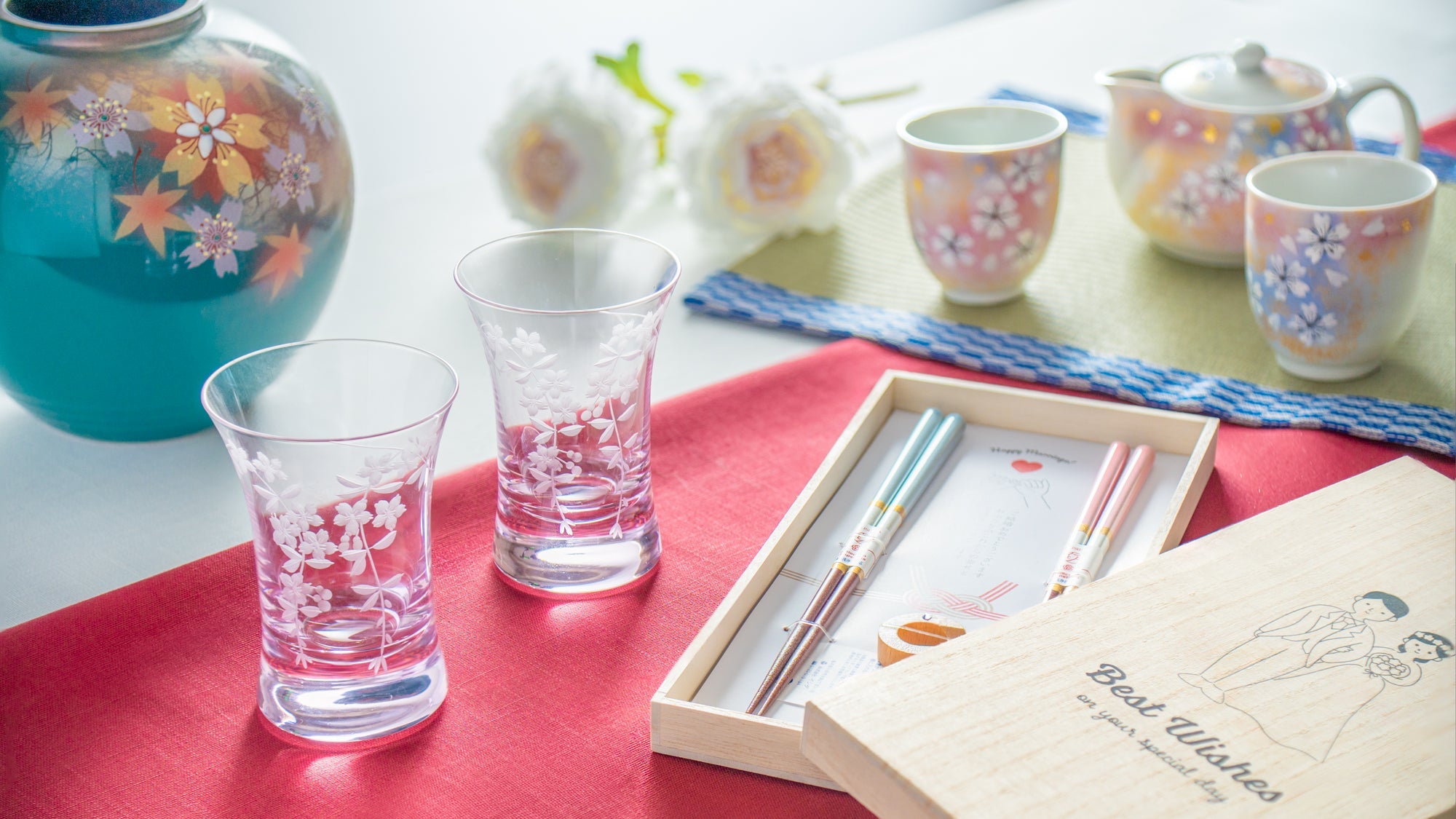
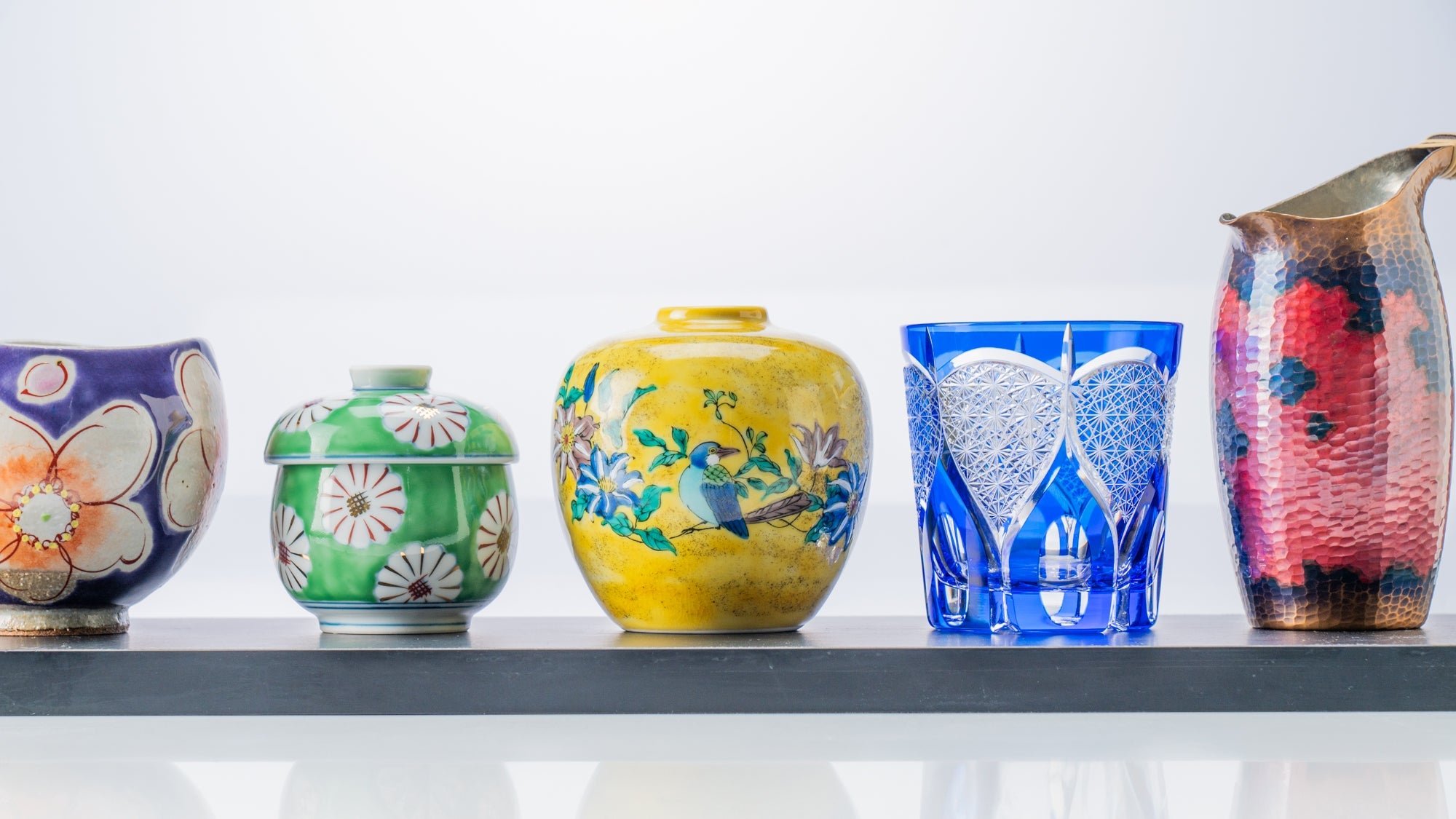
Leave a comment
This site is protected by hCaptcha and the hCaptcha Privacy Policy and Terms of Service apply.